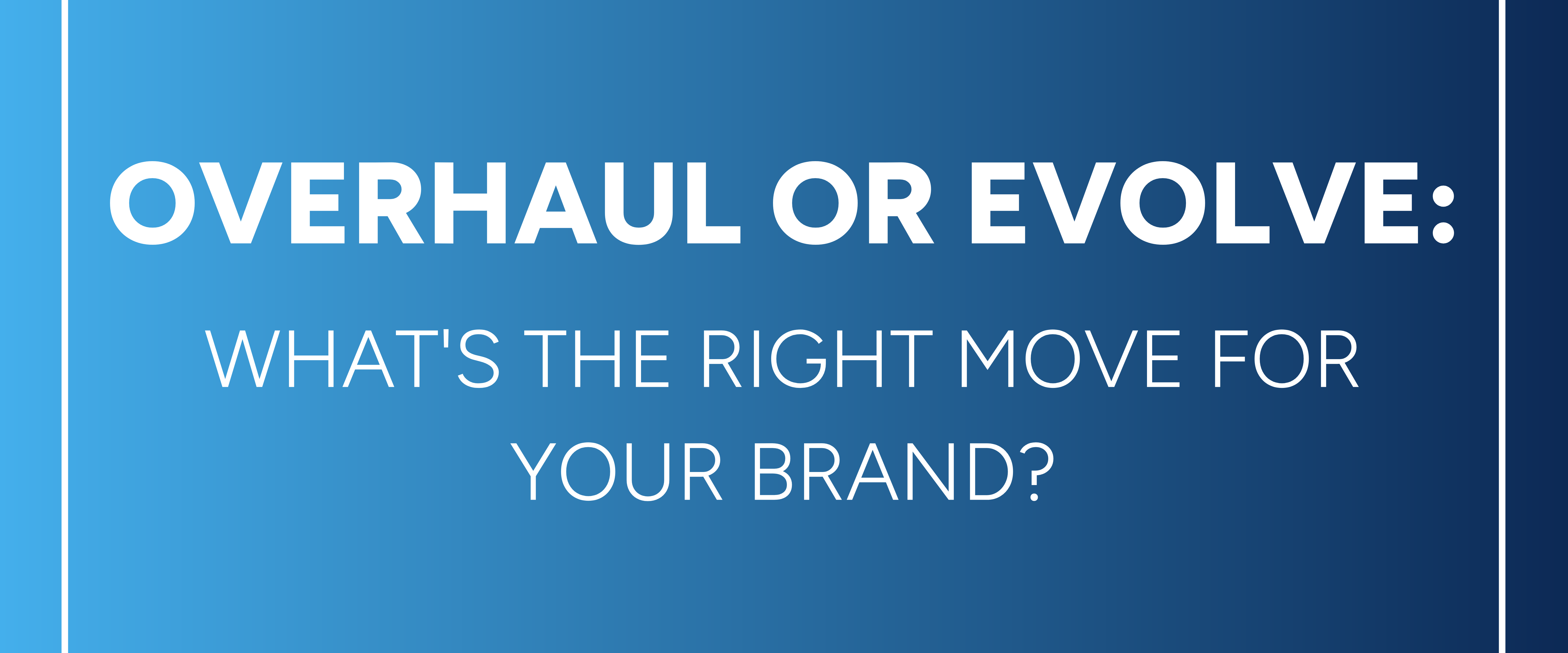No Crystal Ball? No problem! 5 must-discuss topics for 2021 planning
by La Macchia GroupAs featured in CU Insight: Looking ahead to 2021 doesn't require a crystal ball, but a few new topics may have to be a part of your 2021 planning efforts.
No crystal ball? No problem.
Thinking back to a year ago, we’re fairly certain that when you brought your team together last year to plan for 2020 and set your credit union’s strategic priorities, “global pandemic” wasn’t a part of the conversation. But, here we are. While collectively, we’ve had to put some of our plans aside to do what needed to be done to make our places of business safe for employees and members, NOW is the time to take the conversation to the next level, to determine what today’s economy, and the changing needs of members mean in the year ahead, and of course in the years to follow.
As we’ve helped credit unions across the nation set agendas for upcoming strategic planning sessions, we’ve encouraged our clients to hone in on the changing user experiences of members and employees. While no one has a crystal ball, ourselves included, here are five topics that we recommend all credit union leaders consider as they look to 2021:
1. Hindsight is 2020
Pardon the pun, but it works. Looking back on how your credit union navigated 2020 can and should be a major component of your strategic planning meeting. How did your credit union adapt when lobbies were closed? Did you have the digital infrastructure in place to continue to serve members? How did you adapt working conditions for staff? Was your office space flexible to allow for social distancing and other necessary changes?
Reflect on those and other questions. What lessons did you learn? What gaps still exist? Then think critically about what you can and should strengthen in 2021. Consider spending time on a SWOT analysis of your credit union’s response to COVID-19. Focus on how you can turn your weaknesses into opportunities in 2021 and how you can position yourself to withstand threats.
2. Office Space: Is WFH Here to Stay?
According to a study by Accenture, 61 percent of bank executives surveyed said they don’t expect all of their employees to come back to the office. Before 2020, working from home within the financial industry seemed like a pipe dream. Out of necessity, we’ve overcome many of those challenges. As a result, we have the ability for greater flexibility – impacting what has long been considered the “standard” approach to office space for financial institutions.
For the past several years, office design has been focused on efficiency and finding ways to do more with less square footage. But a new shift is emerging, one that focuses on providing your employees with choices of where and how to work. While efficiency is still a part of the equation, the engagement and enjoyment of employees offers a critical balance to lackluster space planning approaches of the past. Getting it right can position you as an employer of choice now and for years to come.
3. Investment in 2021: Bricks and Mortar or Digital and Technology?
Long before the pandemic, credit union leaders were asking the question of where best to invest resources, pitting investments in physical branches against investments in the digital experience. If our work with successful credit unions across the nation has showed us anything, it’s that the credit unions that thrive have not invested in one over the other – but have made a conscious choice to invest in both to create a seamless user experience that meets each individual member where they’re at – whether it be in your lobby, or in the cloud – and brings them along their financial journey.
Start by mapping the member journey – both of an online transaction and an in-person transaction. What are the friction points? Where could digital resources and technology support the in-person experience? When could a personal contact deepen the digital relationship? Is the experience across both platforms consistent, engaging and on-brand?
.png?width=248&height=73&name=Logo%20w%20Tag%20-%20Color@300x%20(1).png)




